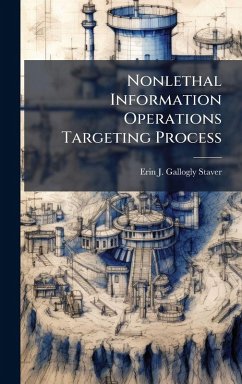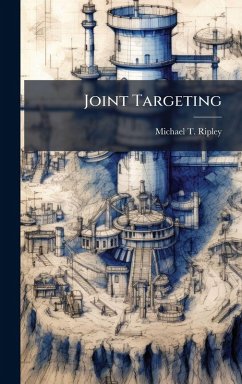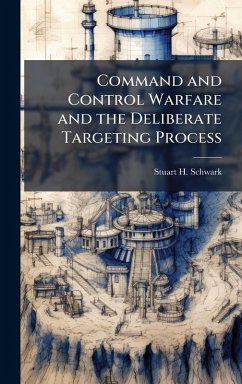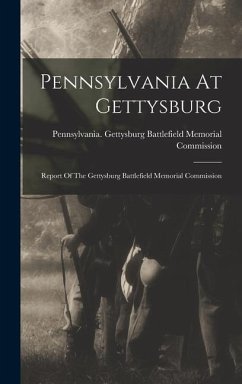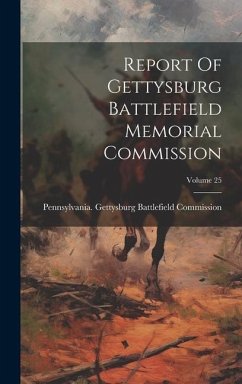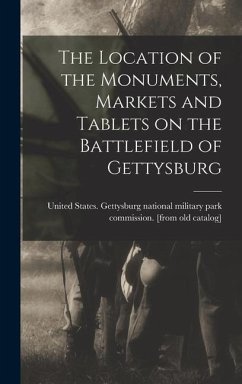
Dynamic Targeting for Nonlinear Operations on a Noncontiguous Battlefield
Versandkostenfrei!
Versandfertig in über 4 Wochen
26,99 €
inkl. MwSt.
Weitere Ausgaben:

PAYBACK Punkte
13 °P sammeln!
Since its official inception during Desert Storm, dynamic targeting procedures evolved while the battlefield changed from traditional linear operations in a contiguous environment to nonlinear operations for a noncontiguous environment. The military dominance during Operation Enduring Freedom (OEF) and Operations Iraqi Freedom (OIF) was partially based on successfully prosecuting dynamic targets. The process for engaging targets that meet Combined Forces Commander (CFC) or component commander objectives must become more efficient and effective in future conflicts to maintain our battlespace su...
Since its official inception during Desert Storm, dynamic targeting procedures evolved while the battlefield changed from traditional linear operations in a contiguous environment to nonlinear operations for a noncontiguous environment. The military dominance during Operation Enduring Freedom (OEF) and Operations Iraqi Freedom (OIF) was partially based on successfully prosecuting dynamic targets. The process for engaging targets that meet Combined Forces Commander (CFC) or component commander objectives must become more efficient and effective in future conflicts to maintain our battlespace superiority. This paper addresses the differences between dynamic targeting and time sensitive targeting (TST), how dynamic targeting is becoming a fundamental part of nonlinear operations on a noncontiguous battlefield, and how it can further complicate the targeting process. The key danger of conducting dynamic targeting operations is shifting emphasis from successfully completing tasks and achieving strategic and operational objectives to simply servicing targets as they are detected without regard to the campaign plan or battlefield effects. Despite great successes in both OEF and OIF, dynamic targeting for nonlinear operations on a noncontiguous battlefield must continue to improve in efficiency and effectiveness for the U.S. to continue its military dominance over future adversaries. This work has been selected by scholars as being culturally important, and is part of the knowledge base of civilization as we know it. This work was reproduced from the original artifact, and remains as true to the original work as possible. Therefore, you will see the original copyright references, library stamps (as most of these works have been housed in our most important libraries around the world), and other notations in the work. This work is in the public domain in the United States of America, and possibly other nations. Within the United States, you may freely copy and distribute this work, as no entity (individual or corporate) has a copyright on the body of the work. As a reproduction of a historical artifact, this work may contain missing or blurred pages, poor pictures, errant marks, etc. Scholars believe, and we concur, that this work is important enough to be preserved, reproduced, and made generally available to the public. We appreciate your support of the preservation process, and thank you for being an important part of keeping this knowledge alive and relevant.



